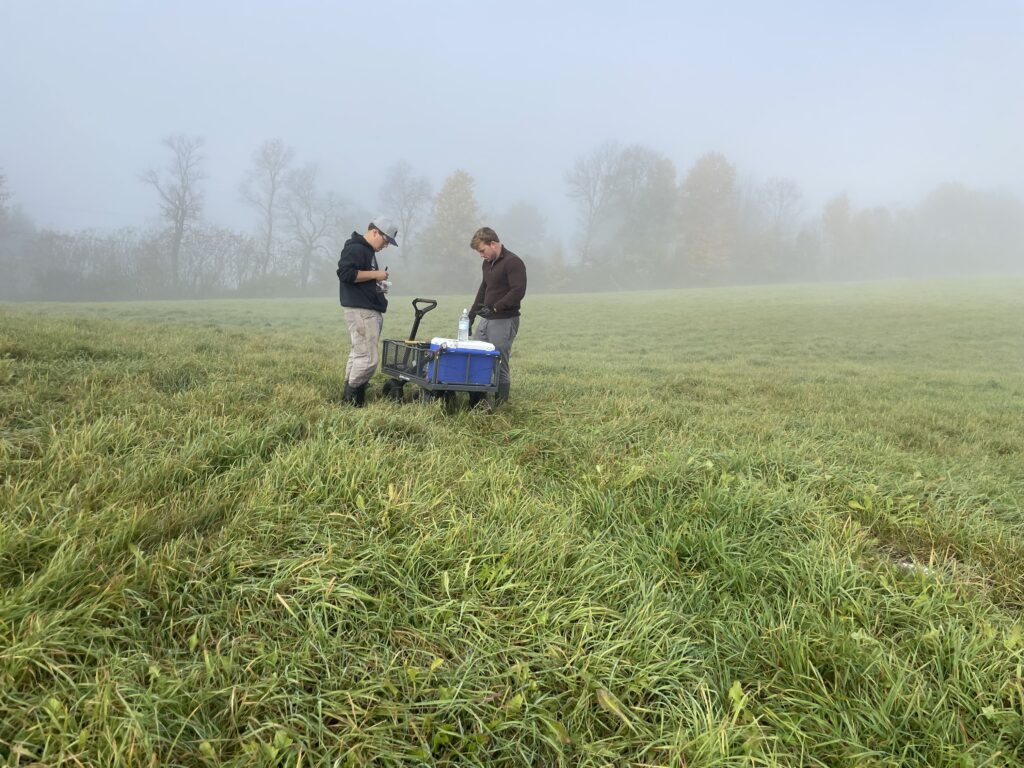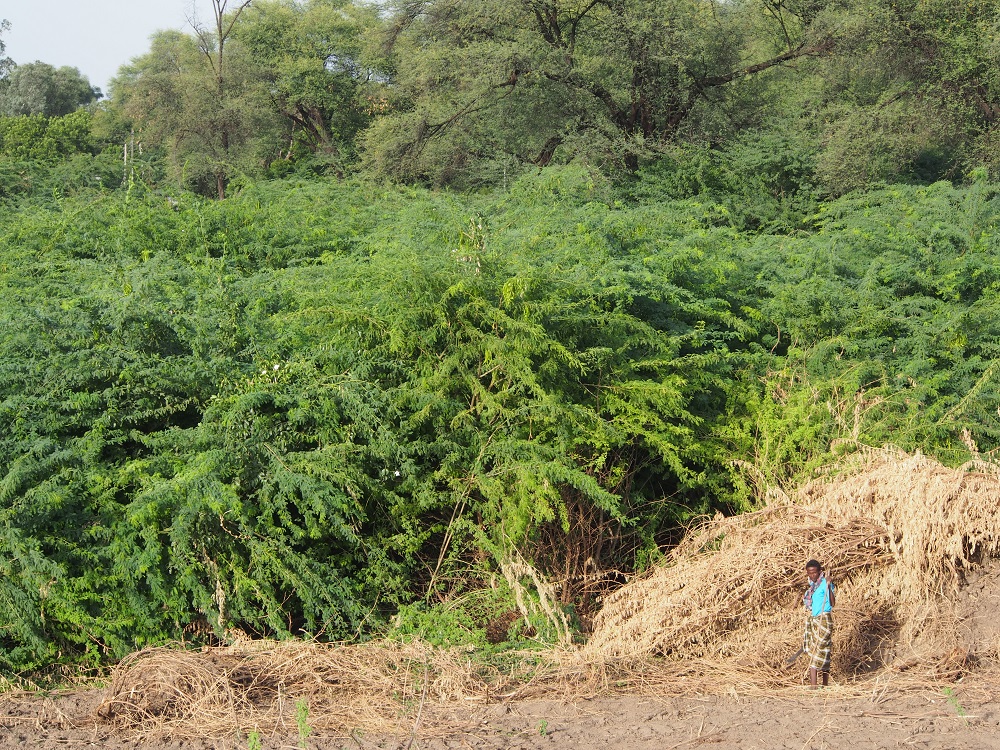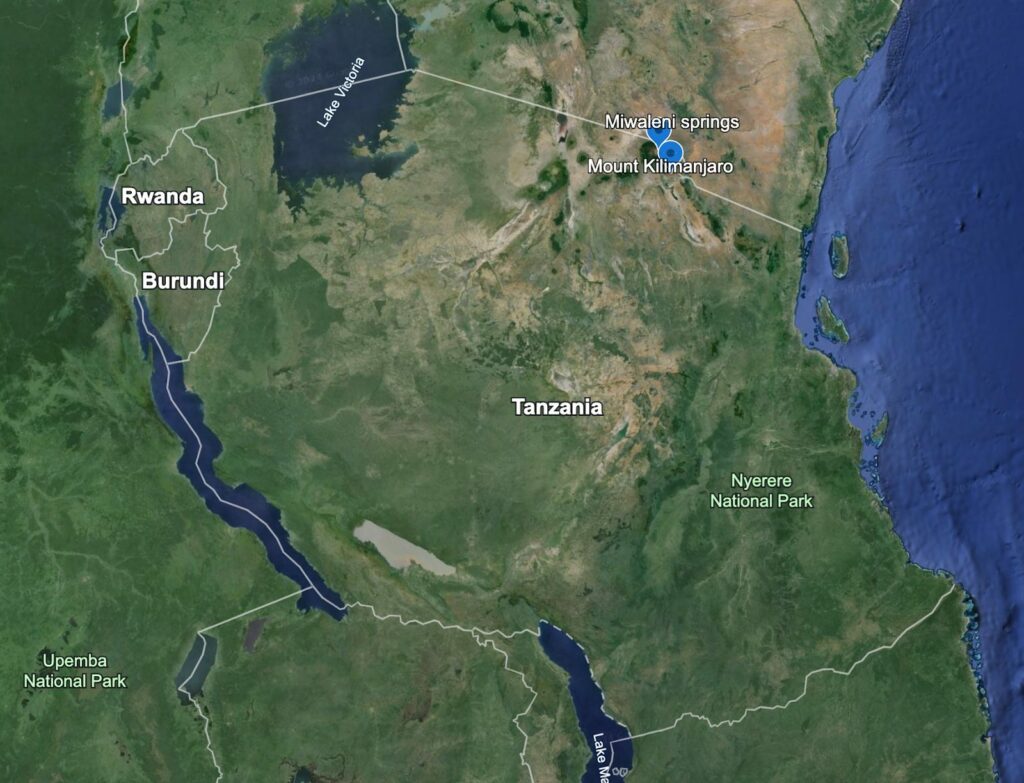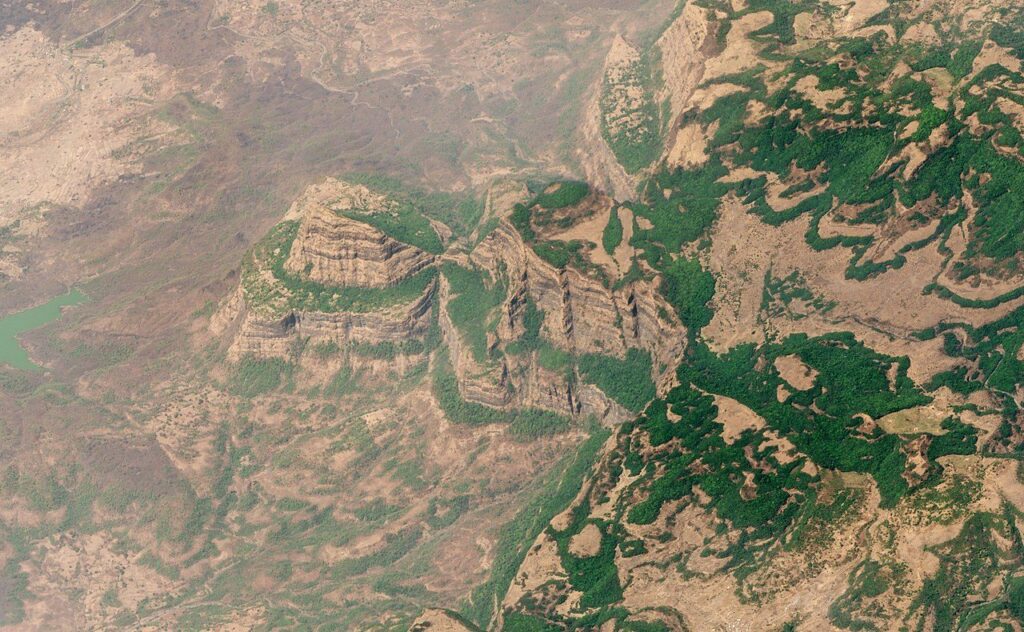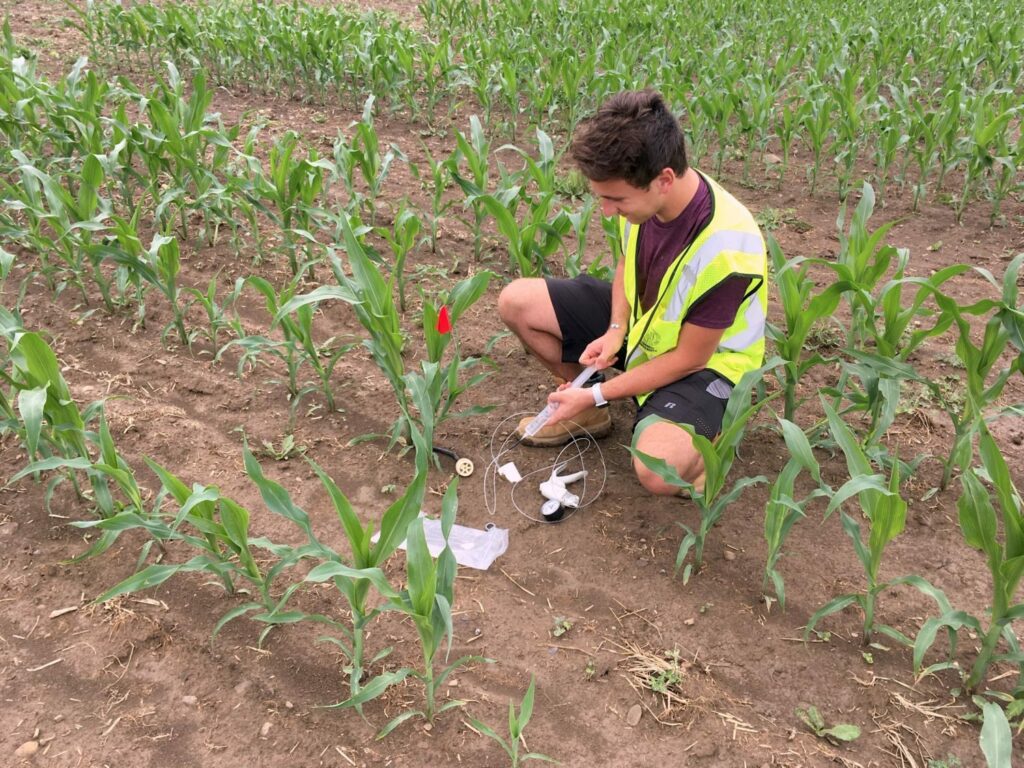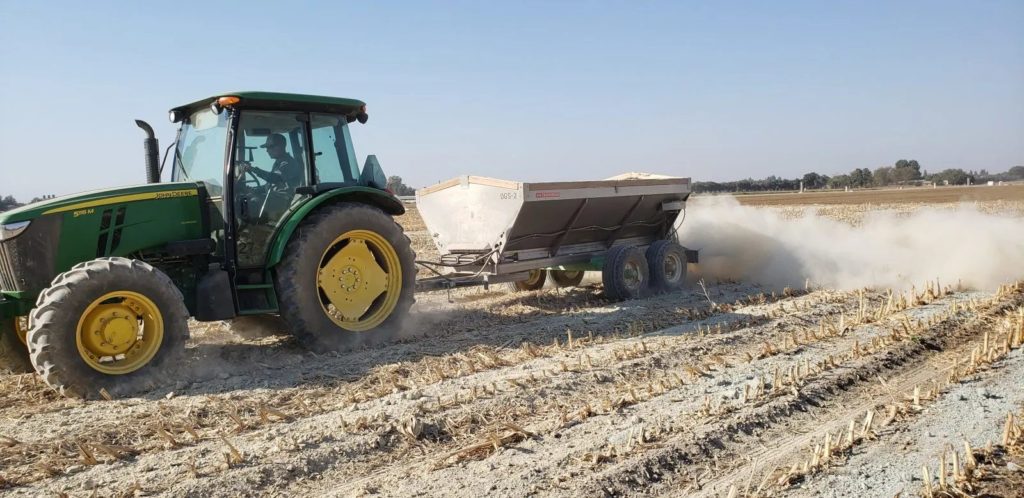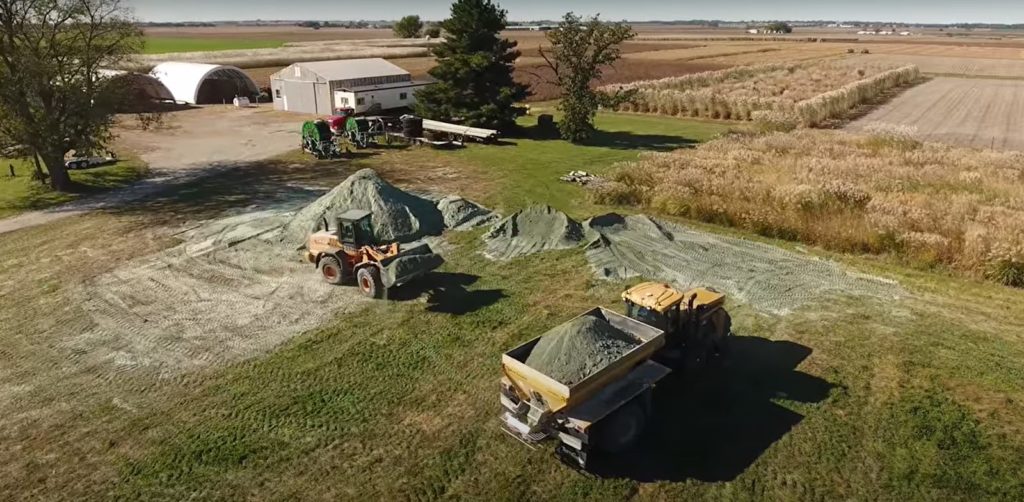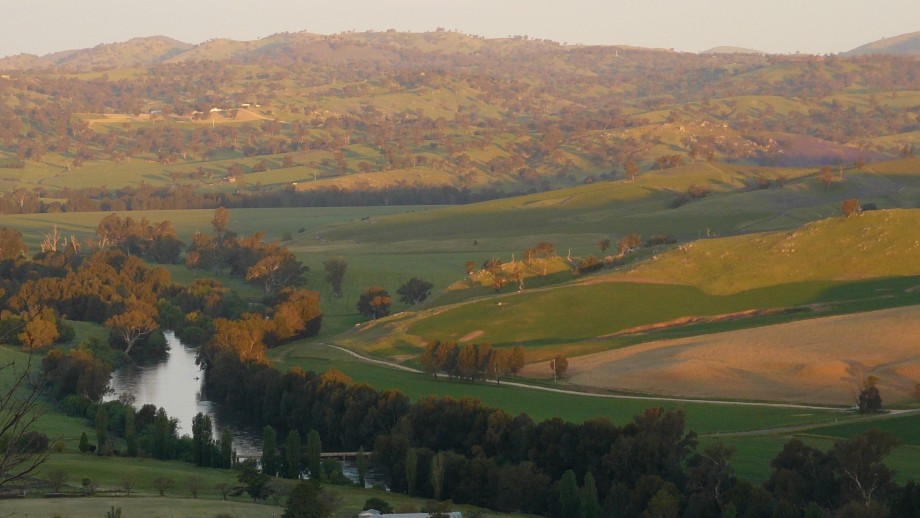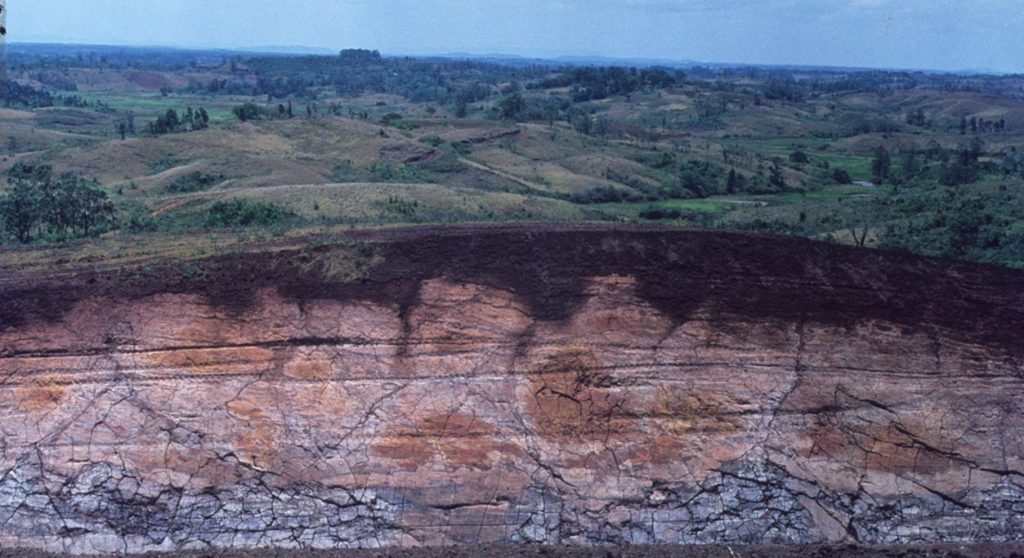Yale Research Team Uses Unique Natural Laboratory, a Watershed, to Study Enhanced Rock Weathering
Recently, Yale Professor James Saiers started a project at the Sleepers River Research Watershed focusing on how enhanced weathering can consume CO2 and how this process influences the biogeochemistry of the watershed.
Turning Invasive Plants into Agricultural Assets: Inside ISAP India’s Biochar Vision
Choosing mesquite as the primary material for biochar allows for the removal of this invasive species, enabling the restoration of the land for agricultural use.
Navigating Geological Contrasts: Strategies for Sustainable Agriculture in Tanzania
Tanzania exhibits highly contrasting geology, which plays a crucial role in its strengths and limitations for agricultural development. Certain areas of the region contain abundant minerals for fertile soils while others suffer from depletion. This disparity arises largely from the region's unique geomorphological features, notably its location along the East African Rift System (EARS). The EARS is an extensive continental rift valley beginning at the Red Sea in the north, and extending eastward into the Indian Ocean (Wood & Turn). The rift is actively forming through ...
India’s Potential for Food Security and Climate Stabilization
Dr. Tedros Ghebreyefus has warned: “There is no vaccine for climate change.” While this is currently true, recent advances in nature-based carbon dioxide removal strategies may offer an effective treatment of the problem.
Enhanced Rock Weathering and Rock Dust Application in China
China's abundant limestone deposits and diverse climate make it an ideal candidate for exploring enhanced rock weathering's potential.
New Isometric Protocol for Carbon Dioxide Removal Via Rock Dust Weathering
The carbon-tech company Isometric has released a new protocol. It provides science-based guidelines for monitoring, reporting, and verifying carbon dioxide removal via rock dust weathering.
Answering the IPCC Call to Demonstrate Rock Dust’s Potential for Climate Stabilization
The IPCC 2022 report on the impacts of global warming warns that climate hazards will increase dramatically if global temperatures continue rising and exceed 1.5 degrees C above pre-industrial levels.
Rock Dust Is Effective to Fight Climate Change, University of Illinois Energy Farm Finds
A new field study led by University of Illinois researcher Ilsa Kantola demonstrates how we can use rock dust weathering to greatly enhance carbon dioxide removal from the atmosphere.
How to Lock Carbon in the Soil Permanently
Prof. Wolfram Buss of Australian National University
Large-scale carbon sequestration is a significant challenge, especially when considering competition for land and resources among different techniques. In this article we report the findings of Buss et al.[4] concerning the synergistic interactions between techniques and soil processes and how they can enhance carbon sequestration potential. The study aims to identify limitations, assess interactions, and define strategies for integrating these methods into agro-ecosystems for large-scale carbon sequestration.
H...
A Breakthrough in Verifying Carbon Dioxide Removal by Rock Dust Weathering
For over a billion years, rock weathering has played a central role in regulating Earth's climate. So what’s behind the rock-climate connection? It turns out...

